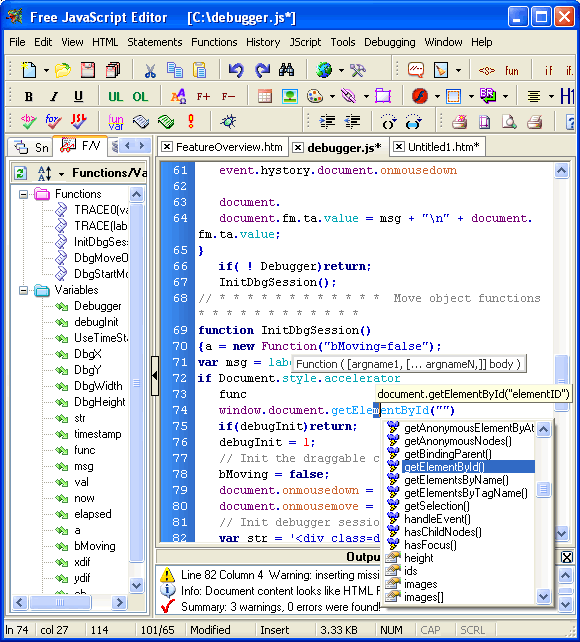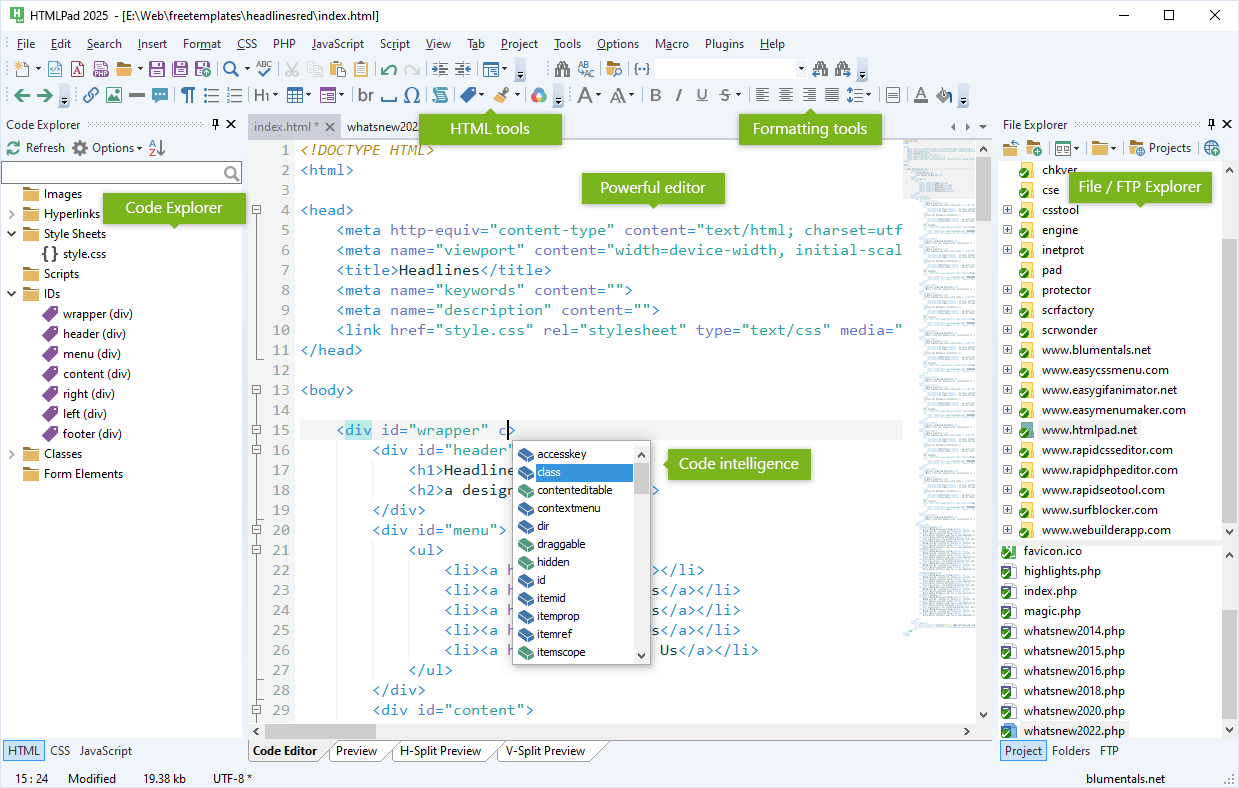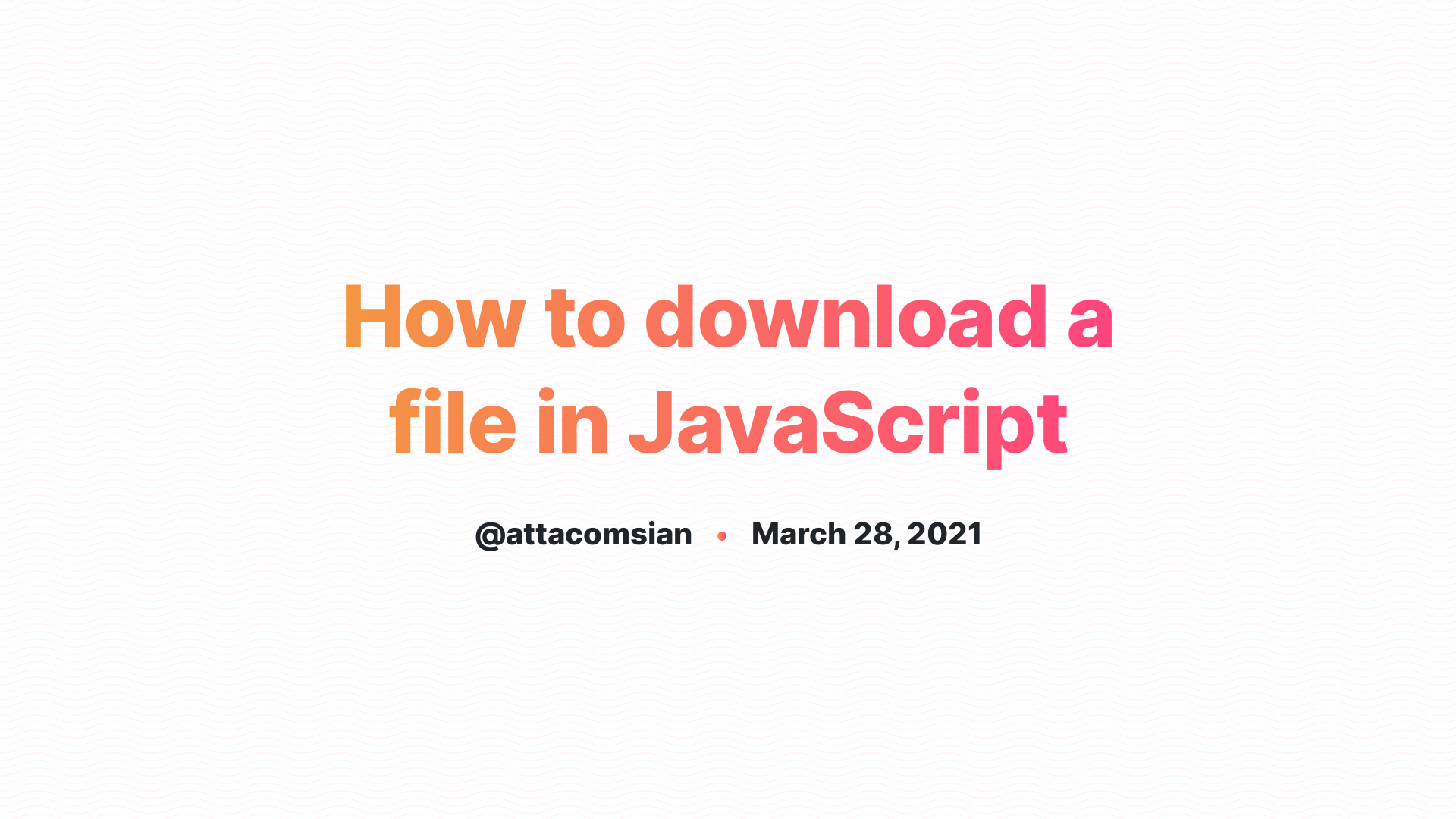
The callback function changes the CSS “display” property of the selected media recorder to “block” and other media recorder to “none”.Īccessing the Web cam and microphone: The WebRTC getUserMedia API lets you access the device camera and microphone. We have added a “change” event listener to the mediaSelector element, when the value of the select element changes, it emits a “change” event and the event is handled by the given callback function. The above code displays only the user-selected recorder i.e. Similarly, when the user selects the “audio” option, the audio recorder gets displayed. Output: When the user selects “video”, the following video recorder is displayed. So, let’s first set up our simple HTML page. A link is given to let the users download the recorded audio.When the recording is done, a new audio element containing the recorded audio gets displayed.The “Stop Recording” button will stop the recording.If the user chooses to record only audio, then the browser will ask for permission to access the microphone, and if the user allows it, then.A link to let the users download the recorded video.When the recording is complete, a new video element containing the recorded media gets displayed.The “Start Recording” button will start the recording.A video element will display the camera media stream.If the user chooses to record video then the browser will ask for permission to access the device camera and microphone and if the user allows it, then.



ISRO CS Syllabus for Scientist/Engineer Exam.ISRO CS Original Papers and Official Keys.GATE CS Original Papers and Official Keys.DevOps Engineering - Planning to Production.Python Backend Development with Django(Live).Android App Development with Kotlin(Live).

Full Stack Development with React & Node JS(Live).Java Programming - Beginner to Advanced.Data Structure & Algorithm-Self Paced(C++/JAVA).Data Structure & Algorithm Classes (Live).


 0 kommentar(er)
0 kommentar(er)
